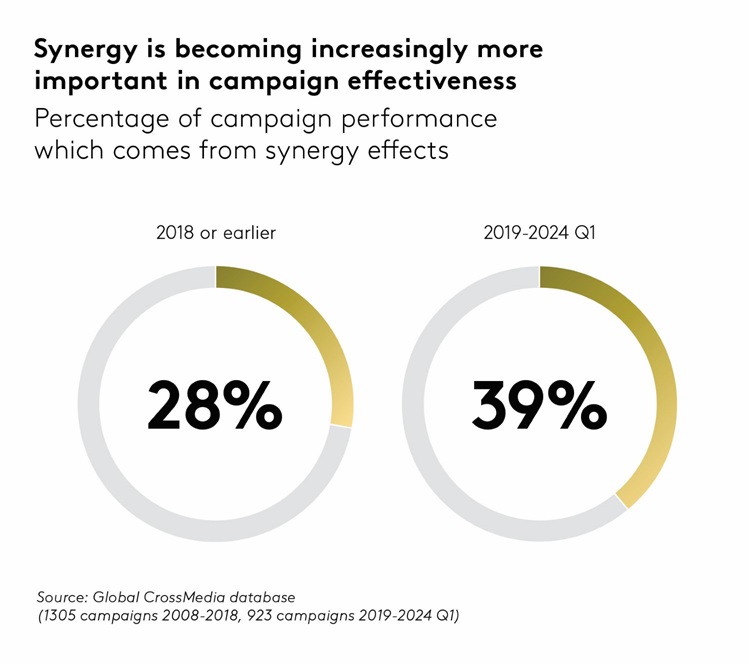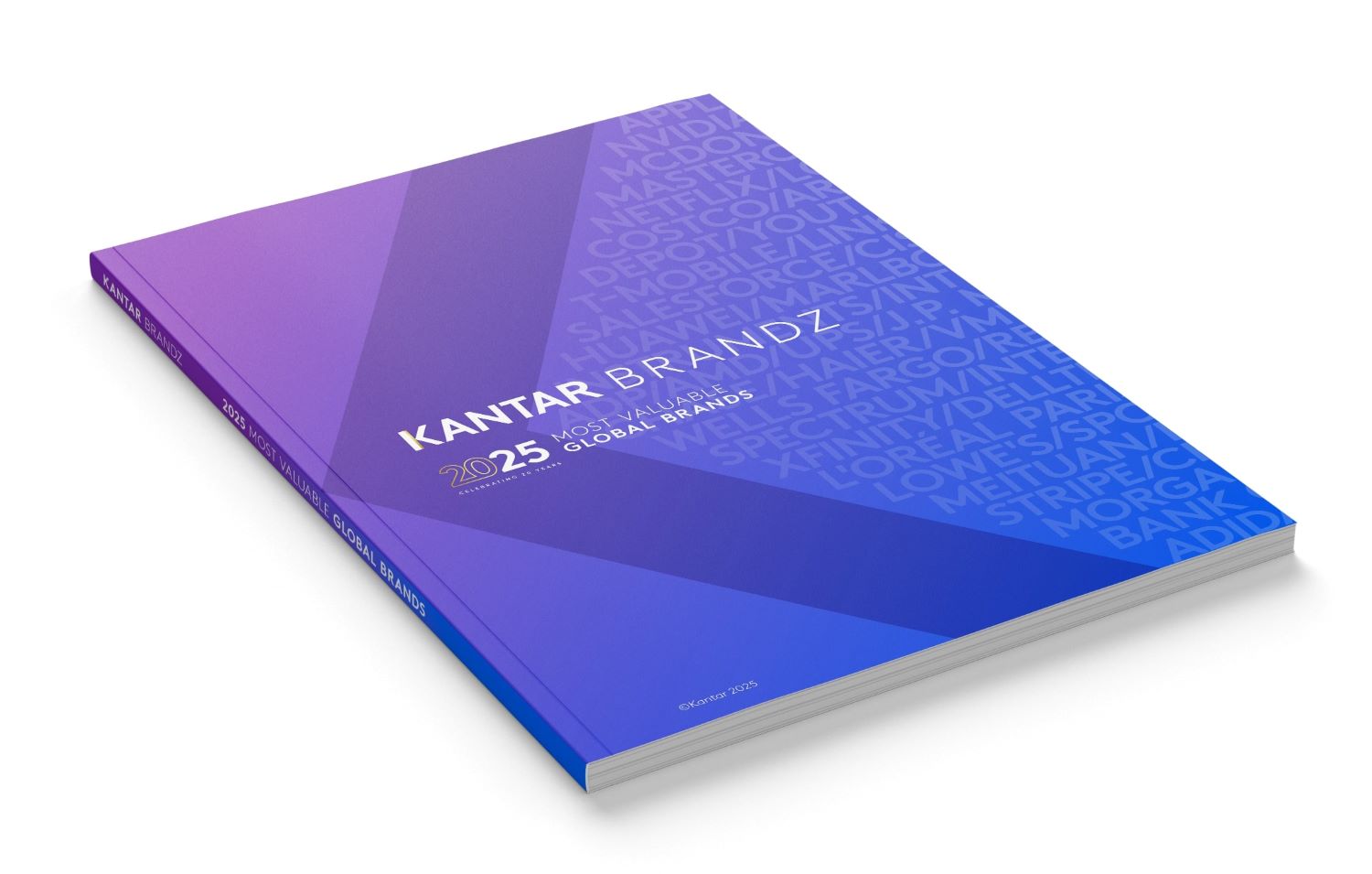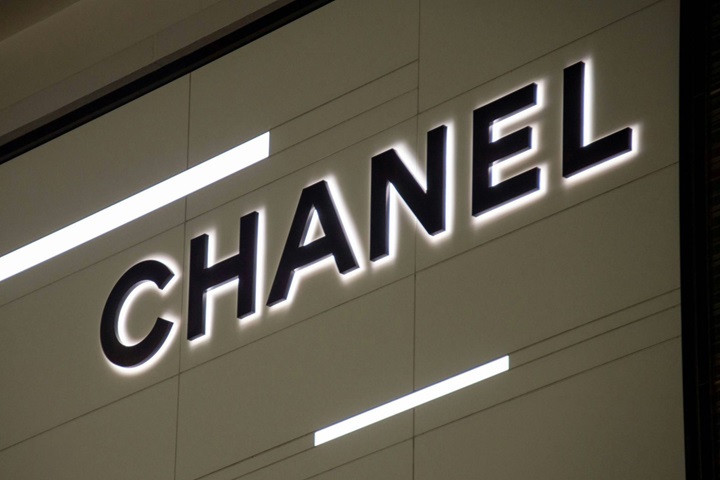How do attitudes toward brands form in our minds? People engage with brands through various touchpoints. They might hear a friend praise a product, notice eye-catching packaging, or watch an entertaining brand video while scrolling on social media.
As the American psychologist Jerome Bruner once said, ‘Perhaps the most basic thing that can be said about human memory… is that unless a detail is placed into a structured pattern, it is rapidly forgotten.’
This means that forming a lasting brand image isn’t simply about maximizing the number of interactions a person has with a brand. It’s about how well those interactions connect to form a clear and meaningful association.
Creative plays a crucial role in shaping brand attitudes. But, with campaigns running across more media channels, brands face new challenges. They must reach specific audiences while maintaining a consistent brand image across all touchpoints. It can be hard to know when to retire a creative asset from a campaign – or to change campaigns altogether. How do you know when it’s time to change gear?
Start strong
Marketers need to stay ahead of shifting consumer preferences. When reaching for a new idea, the question should be: will this help us predispose the brand to more people? Getting early-stage insights during the creative ideation process can help steer the ship in this way, so that you can reap the benefits of a refresh without veering too far from a brand’s identity.
For example, the premium beer segment has been challenged by changing consumer expectations, particularly among younger consumers. Desperados, a flavored beer brand, adapted by leaning into Latino associations while staying true to its brand DNA. Its ‘Beer with a Latin vibe’ campaign now speaks to a clear need in an engaging way: namely, its audience’s search for spontaneity at a time when overthinking abounds. This is a great example of a brand that pivoted by evolving its core idea rather than replacing it.
Scale in a connected way
For campaigns to succeed, the creative idea must deliver across channels. In today’s fragmented media landscape, tailoring ads to each channel is essential yet challenging, as marketers must balance customization with maintaining brand cohesion. Campaigns are more effective when they are ‘connected’ in this way. In fact, synergy effects have become increasingly important for campaign performance. Between 2019 and 2024, 39% of campaign performance was driven by synergy effects.

Connection means so much more than just using the same fonts and logos. The creative idea itself must be the thread that ties everything together. IKEA Belgium’s light-hearted ‘I Love You But…’ campaign is a good example. It humorously depicts couples’ pet peeves and shows how IKEA products can ease cohabitation. This core theme was then brought to life across a variety of channels, from TikTok videos to digital out-of-home displays in train stations. The result was a cohesive campaign that leveraged the potential of each channel.
Another great example of connectivity comes from Coca-Cola in Northern Europe. Its experience based ‘Pick up a Coke, light up the dark’ campaign celebrates how people in the region persevere through the long, dark winter. Light becomes both a literal and metaphorical recurring symbol of the resilient Nordic spirit. It showed up in experiences like an outdoor light tunnel or a winter music event with a light show. Meanwhile, glow-in-the-dark Coca-Cola cans reinforced the campaign on a merchandise level, while digital experiences provided further points of seamless connection.
The long of it
Strong consumer connections take time to build. Meaningfully Different brands stand for something in people’s minds and provide that whenever people encounter the brand. That’s why it’s important to maintain consistency in how you talk to your audiences. Generally speaking, brands should avoid changing campaign ideas too much, too quickly. Kantar LINK data shows why this is important. Ads that continue existing campaigns tend to build stronger associations in people’s minds – and building strong associations remains a cornerstone of creative effectiveness. KitKat’s global ‘Break Better’ campaign is a masterclass in how to build on a brand’s creative roots in a contemporary way. Drawing on the brand’s iconic ‘Have a Break’ slogan from the 1950s, the campaign addresses a modern challenge: how hard it is to truly switch off and enjoy a break in the day.
Putting it together
When the inevitable, ‘Should we change our campaign?’ question arises, marketers should pause. They should reflect on their brand’s existing associations in people’s minds and what triggers them.
Find more data-driven insights in the 20th anniversary edition of Kantar BrandZ’s Most Valuable Global Brands Report now available at www.kantar.com/campaigns/brandz/global
For a quick read on a brand’s performance compared to competitors in a specific category, Kantar’s free interactive tool, BrandSnapshot powered by BrandZ, provides intelligence on 15,000 brands. Find out more here.






